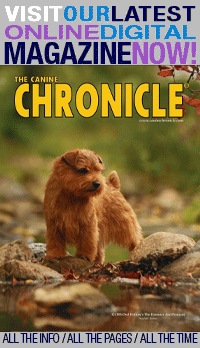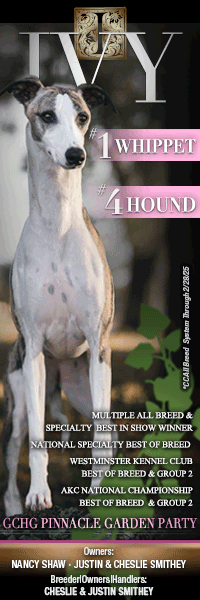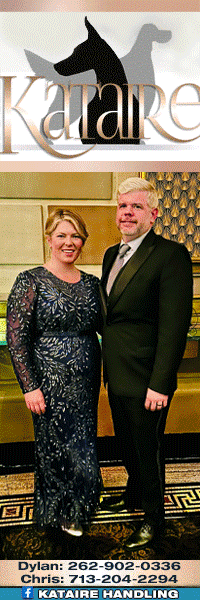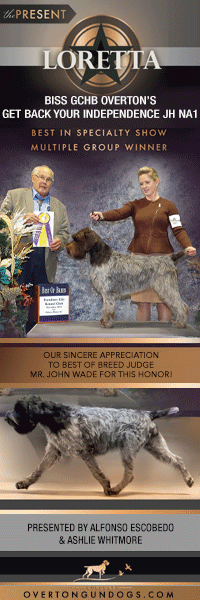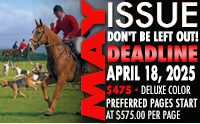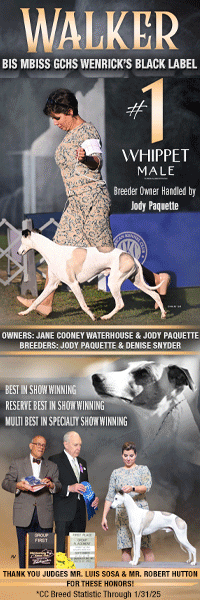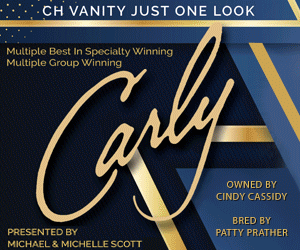What They Were Meant To Do?
Click here to read the complete article
242 – August, 2021
 By Chris Robinson
By Chris Robinson
Several years ago, while I was judging a master hunt test for pointing breeds, a simply stunning Irish Setter came to the breakaway. Although smaller than the behemoths that were fashionable in the show ring at the time, the dog was absolutely correct in every way including having proper angulation instead of the extreme angulation that was also the show ring fashion. When sent to hunt, the setter lived up to his physical appearance when standing as he simply flowed through the field finding, pointing and retrieving several birds. While he didn’t point with the pure twelve o’clock tail that field trial judges want to see, it was close enough so that every time he went on point, it made a very pretty picture and it definitely was a pleasure watching this handsome dog do the work the breed was intended to do.
Since the only Irish Setters that my co-judge or I had seen in the field, prior to this impressive dog, were either “field-type” setters that were fine hunters but painful to look at from a conformation standpoint or “show” dogs that were lovely physical specimens but painful to watch as they pottered about the field now and then stumbling upon a bird more or less by accident or so it seemed. I was just a bit curious how this dog’s owner had been astute or lucky enough to get the best of both as the dog was a conformation champion and had his senior hunter title. When asked, she explained that it was a deliberate effort as she was tired of hearing about “Irish airheads.” Show Irish Setters that couldn’t hunt and had no brains and field dogs that were so butt-ugly they’d scare a buzzard off a gut pile. Although these assertions were clearly exaggerations, she said, there was still an uncomfortable amount of truth in them and she and a few other “foolhardy” (her exact word, incidentally) Irish Setter breeders intended to try and do something about it.
She had taken her birdiest conformation champion, bred her to the best looking, soundest field dog she could find and the dog we had just awarded a qualifying score was the best that mating had produced. The biggest problem, she said, in getting his championship and his hunt test titles, had been finding judges in the show ring and the field that weren’t hopelessly biased. “In the show ring, we had to find judges that actually had some field experience, who had done enough hunting so they knew the kind of conformation that was necessary to cope with the rigors of upland bird hunting–there are still a few of them judging conformation with this knowledge–or who paid attention to what the standard called for rather than what was fashionable. In the field, he got his best scores from judges who had an open mind and viewed each dog that came to the line as a blank slate, willing to let the dog show them what he could do rather than having some preconceived view of his ability based on his appearance.”
Click here to read the complete article
242 – August, 2021
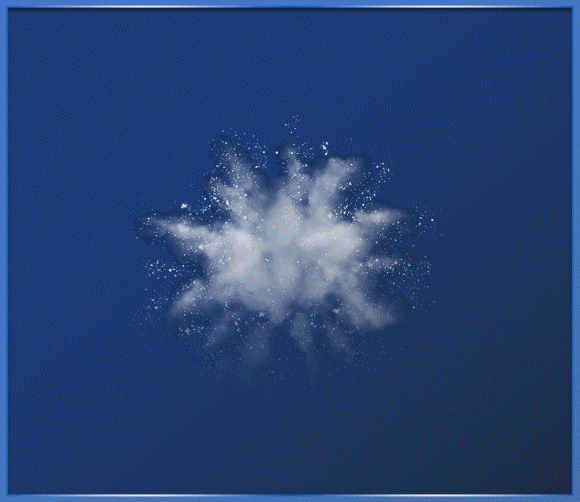
Short URL: https://caninechronicle.com/?p=208721
Comments are closed
